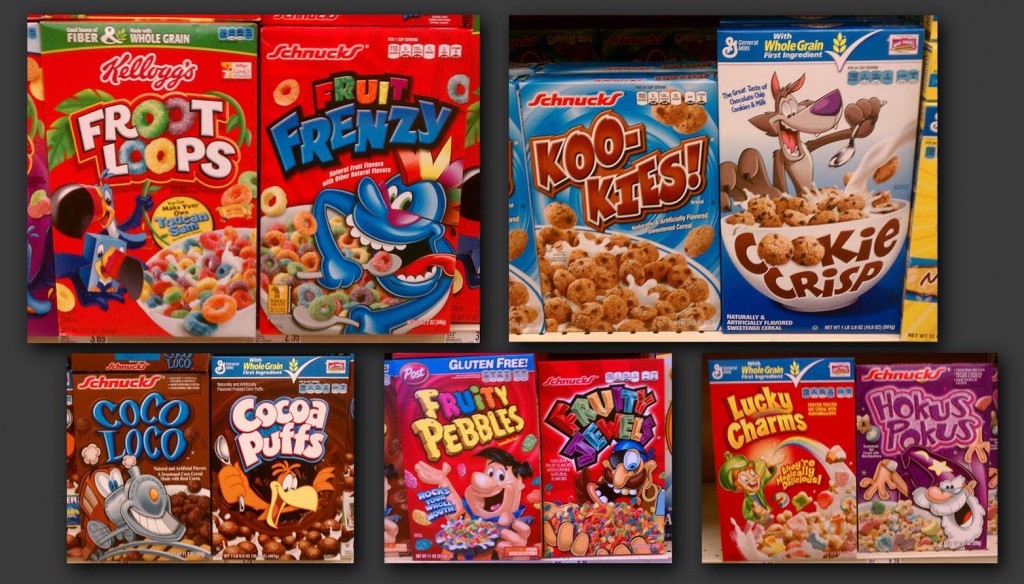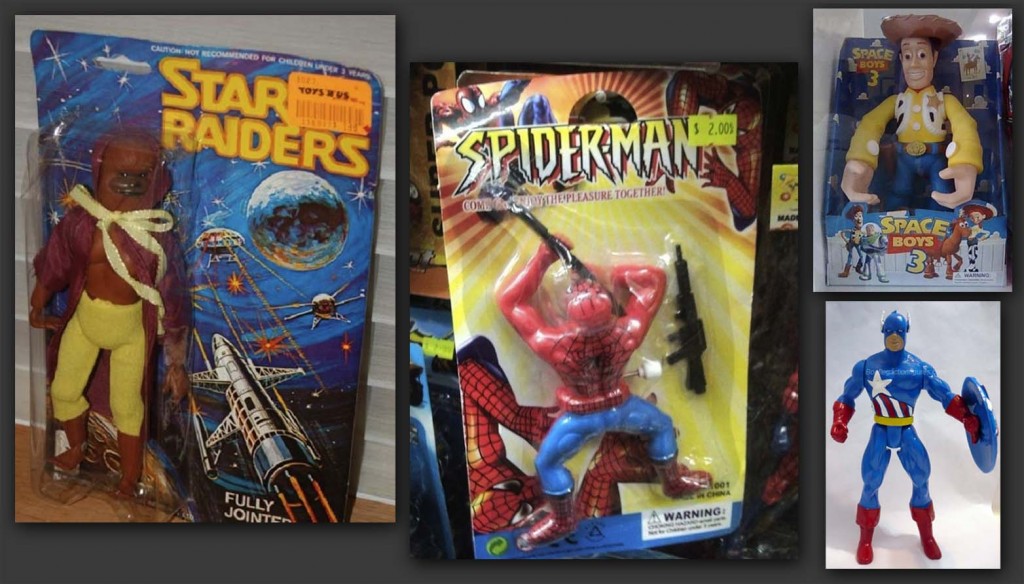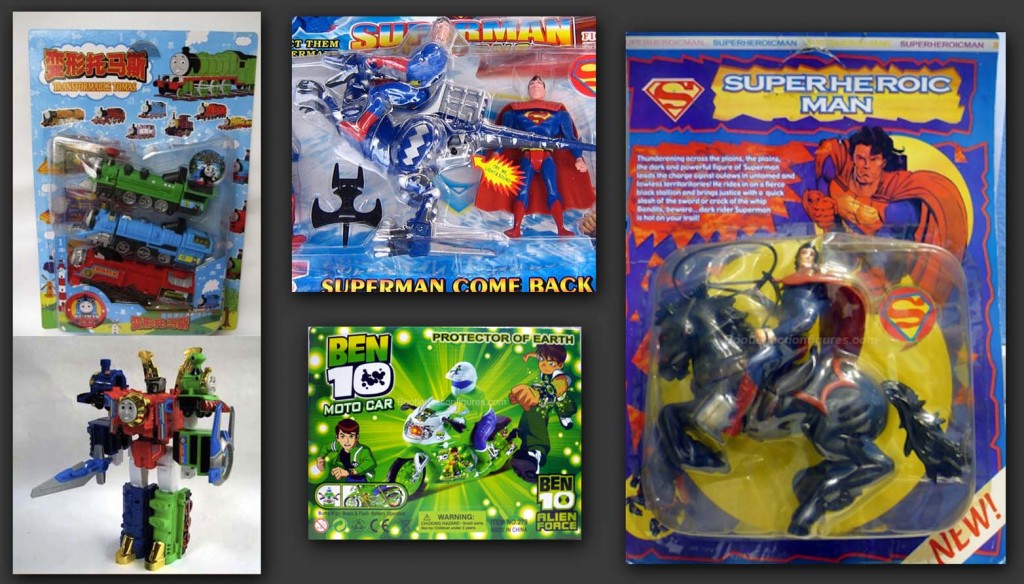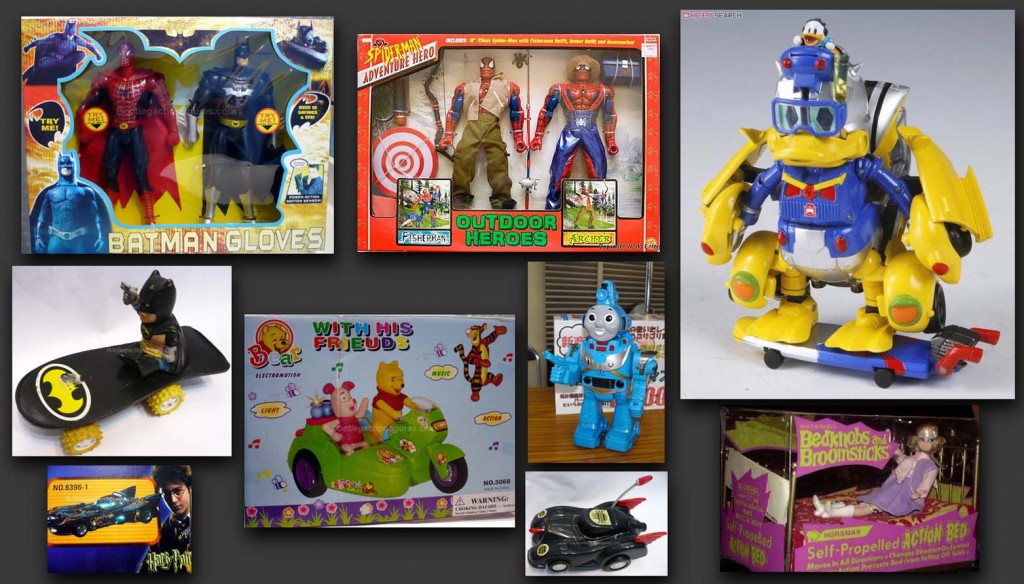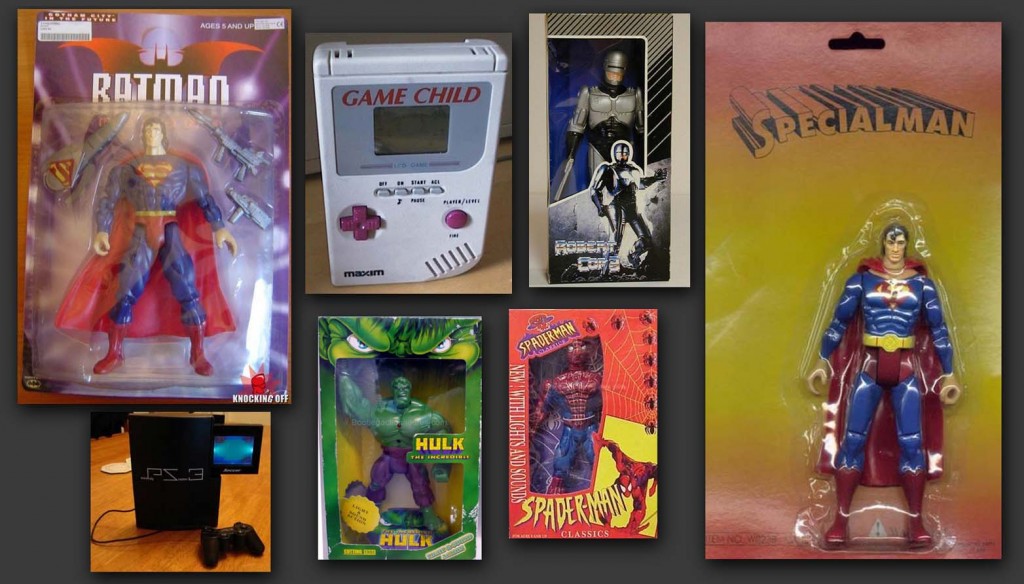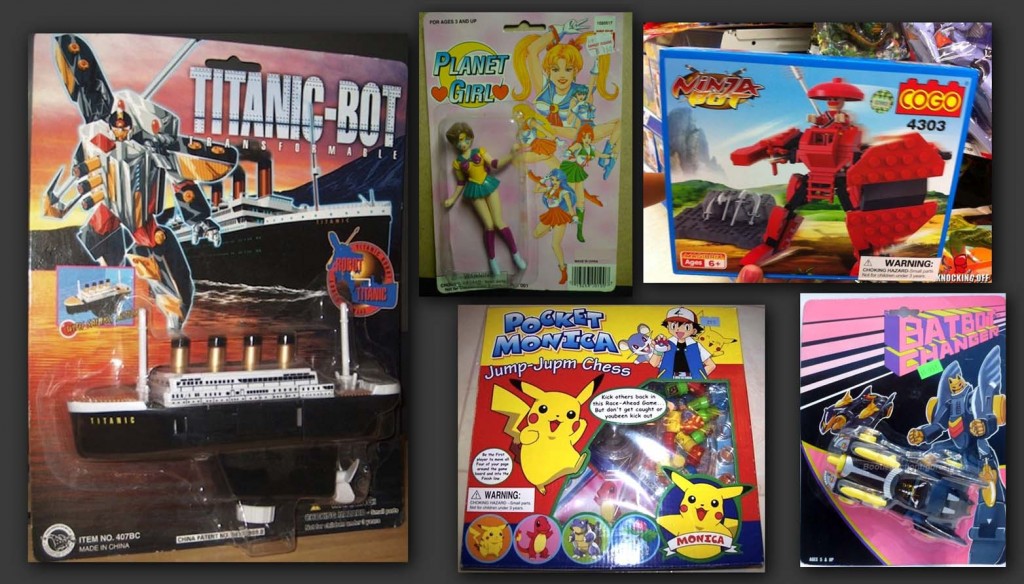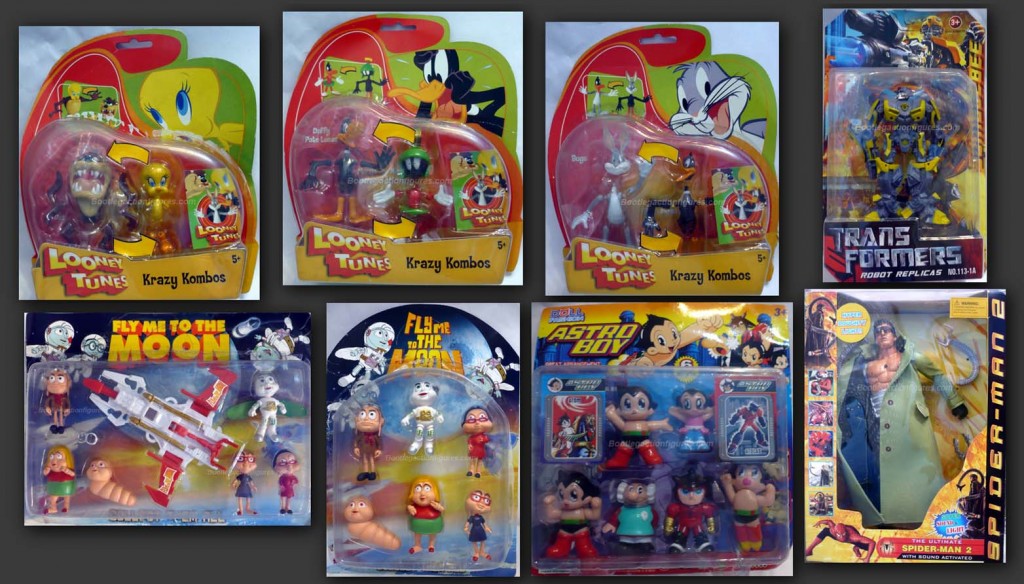
 When I walk into a design studio, there are several things I know I'll see; tattoos, piercings and toys... lots and lots of each. Why do designers, as well as non-creatives, love toys?
When I walk into a design studio, there are several things I know I'll see; tattoos, piercings and toys... lots and lots of each. Why do designers, as well as non-creatives, love toys?
We love toys because they are the first art form to which we are introduced, they bring back a comforting feeling of simpler times in our lives, a certain nostalgia, not receiving the presents we wanted as children (which we can now afford for ourselves), and they're just damn fun! If you look at designer's portfolio sites, they often reflect the design and feel of our favorite toys.
Designer vinyl toys have become big business and big bucks. 1980s Godzilla kaiju figures go for a small fortune and the sale of my own collection financed my divorce, as hard as it was to say good-bye to those wonderful pieces and hand the money to a lawyer.
There is, however, a way to enjoy the art and comfort of great toys on a budget. Like the cereals at the supermarket that have odd names like "Admiral Munch," "Fruit Toots" or "Lunatic Lickers" for which the box character will go "bloody and totally insane," there are toys that may not be "Transformers" or "Star Wars."
These cereal boxes are legitimate usage but, in every case, the original manufacturer sells the interior product for secondary sales. So, if you can do without the brand name, you might as well enjoy a crunchy bowl of Coco Loco.
It's not the names that really matter if you're going to put these budget toys on your desk... it's the cool factor people want. So what if the "Princess Leime" slave girl figure is packaged under the label "Star Whores", who's to know when she's leaning against your computer? Sure, these gems in the rough won't be found in your local toy store. A trip to a Chinese gift store or a dollar store is a step into the wondrous world of bootleg booty! Like the non-brand name cereals, it's the same stuff, using the same molds, same formula but the ripped off toys won't rot your teeth. If you are going to take it out of the package, then who but you will know? And, in that, is the big problem.
There are several downsides to bootlegged toys and packaging as well as the very practice. Firstly, it means some factory in some country isn't obeying the international copyright law and the stores that sell them are aiding the pirating of licensed material. The second problem, as you'll see from the examples shown in this article, is that if you're a collector, you may be buying a fake and that will cost you money many years after you purchased it and are trying to sell it for the tidy sum toys bring on ebay.
It's not a problem that's limited to just toys. The fashion industry has been plagued by bootlegs from certain countries for decades. Even the fast food and packaged foods industries are affected.
How can you bootleg Steve Jobs? Well, someone did it. Perhaps the problem is completely out of hand when you can steal a personality?
Most bootleg toys are absolutely ridiculous, which is part of their charm but if you'll note the price tag on the "Star Raiders" package (an obvious Star Wars ripoff), it's from a major American toy retailer. While they carry the legitimate Star Wars line of products, are they thumbing their nose at the proper manufacturer by carrying products from pirating manufacturers? Despite that, is Spiderman with a machine gun damaging the true Marvel Comics brand as well as lopsided Captain America? The Woody bootleg, labelled as "Space Boys 3" is just frightening with his gorilla arms. Toys like these can be found in stores that specialize in "overage stock" but it's not really overage.
"Add-ons" are a unique clue to a bootleg toy. The manufacturer, which has the mold for the legitimate toy, mixes another licensed toy within the package and usually comes up with a similar name for the final product. Certainly "Superheroic Man" would fool DC Comics, a subsidiary of Warner Bros. and their army of lawyers. The horse is a nice touch for extra play value. Why fly when you can ride? Although why ride a horse when you can ride a dinosaur?
Spiderman dressed as Huckleberry Fynn is about the weirdest example of add-ons I've ever seen although the Harry Potter Batmobile (or Pottermobile, in this case) is a far reach from the JK Rowling vision of a wizarding world that has no GAP, iPods or TV sets. Transforming Donald Duck is übercool but if a company like Disney/Pixar can't stop the pirating of their licensed properties, then what hope is there for any property, artwork or design?
The practice is really very easy. The factories already have the molds, so it's just a matter of running a few million extra pieces when a run is ordered by the legitimate property owner and then repackaging the toys and selling them to another foreign market. When I lived in New York City, I would often search shops in Chinatown for toys such as these, which has led to a very large collection of things like "Robert Cop" and "Specialman". I don't know if the actor, James Spader, has licensed himself onto the toy market.
No corporation is apparently safe from this practice. Nintendo, Hasbro, Bandai and even LEGO have been bootlegged.
When a factory has both the toy mold AND the style guide art from the license owner, that's where the trouble begins for toy collectors. Unless you are careful about looking for the right copyright information, you may get stuck with a fun but worthless investment. The same goes for fashion shoes, handbags, jewelry, watches, baby products and so on and so forth. Many U.S. retailers are reporting receiving shipments of products that have conflicting serial numbers, otherwise, the products and packaging looks perfect.
The end result, aside from no assurance of the brand and safety issues they promote with their products, is a loss of income for the nation's corporations as their sales are replaced by factory direct sales and all that cash generated goes right into the pockets of another country. During the recent presidential election, aside from threats and lies passing quickly, there was just a little mention of foreign trade. It's a problem that the U.S., as well as other nations haven't truly addressed and if Disney/Pixar and Warner Bros. are unable to stop or even slow this bootlegging practice, then what hope is there?
But how does this affect me as a designer, you may ask? Too often, your design elements may be lifted off the internet and used on the packaging of these products. If your negotiated rights are exceeded, you will lose income as well as possibly taking the blame from your client and losing future income from other projects. So, what can you do about it? Very little, except turn down work that promotes copyright theft here in your own country. When a client demands you use art or designs they found on the internet, inform them about the copyright law and when they laugh in your face, smile, turn around and walk quickly to your computer where you can report them to the proper copyright holder.
Do you collect bootleg toys? Have any stories about your own work being bootlegged? Share your story in the comments.

